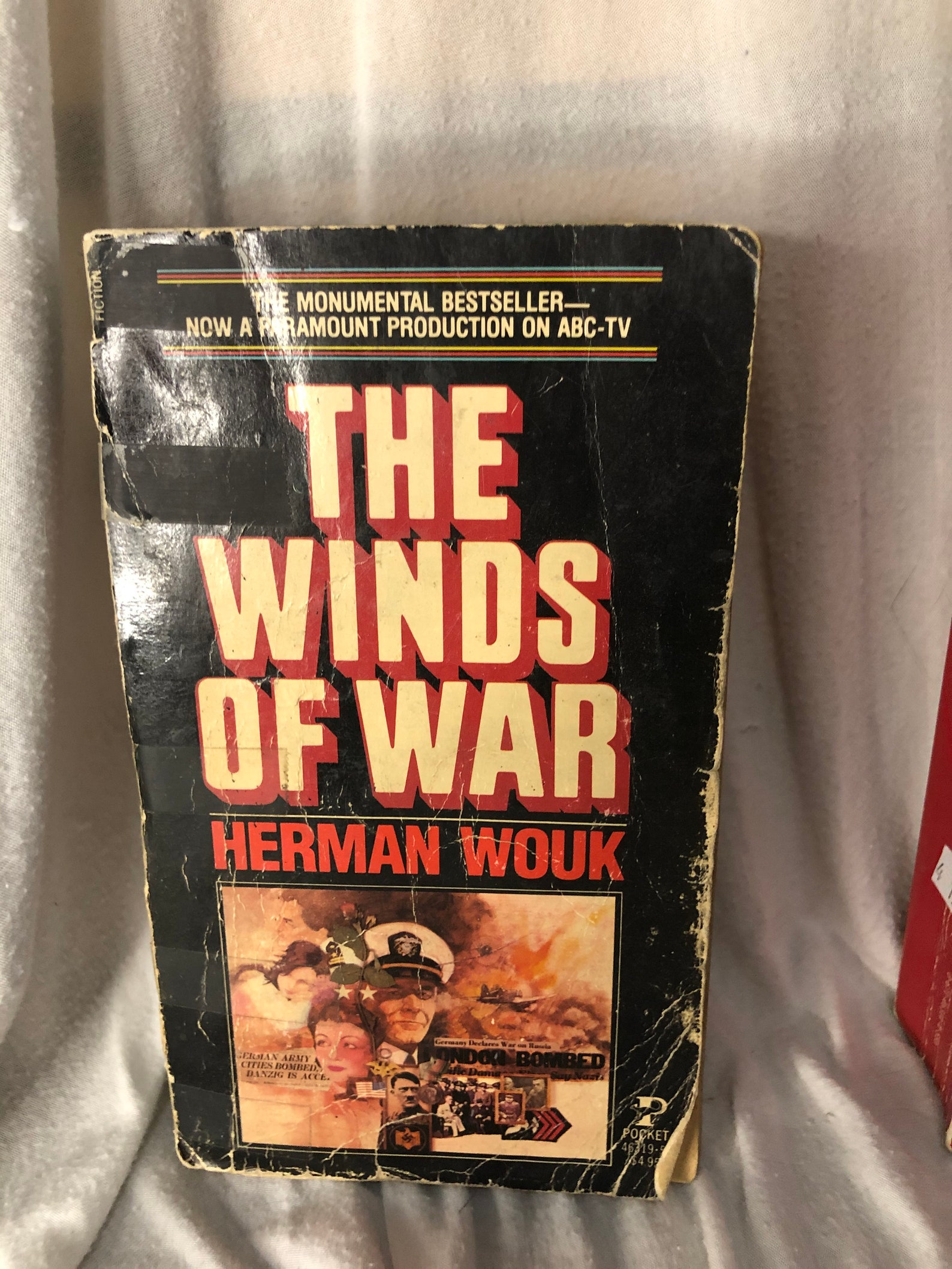
When the pact is made public, Pug's report draws him to the attention of President Roosevelt, who asks the Navy Commander to be his unofficial eyes and ears in Europe. Pug submits a report back to Washington-going over his supervisor's head-which predicts the Nazi–Soviet non-aggression pact before it is signed. Realizing that this would mean war with the Soviet Union, he concludes that the only way for Germany to safely invade is to agree not to go to war with the Soviets. Pug quickly recognizes-through his work as the attaché-that Nazi Germany is intent on invading Poland. Von Roon becomes the viewpoint character for the German side of the war and witnesses the German government's worsening persecution of the Jews. In the book he only meets Von Roon later at a Berlin dinner party. In the television version, he also meets German General Armin von Roon. During the voyage to Europe aboard SS Bremen, Victor befriends a British radio personality, Alistair Talcott "Talky" Tudsbury, his daughter, Pamela, and a German submarine officer, Commodore Grobke. In 1939 Navy Commander Victor "Pug" Henry has been appointed US Naval attaché in Berlin. While the texts provide the reader with a German outlook on the war, Henry occasionally inserts notes as counterpoints to some of von Roon's statements.

Victor Henry translates the volume in 1965 after coming across Von Roon's German version.

Wouk interspersed the narrative text with epistolic "excerpts" taken from a book written by one of the book's fictional characters, German general Armin von Roon, while he was in prison for war crimes. The story arc begins six months before Germany's invasion of Poland in September 1939 and ends shortly after the attack on Pearl Harbor on December 7, 1941, when the United States and, by extension, the Henry family, enters the war as well.

The novel features a mixture of real and fictional characters that are all connected to the extended family of Victor "Pug" Henry, a fictional middle-aged Naval Officer and confidant of President Franklin Delano Roosevelt. In 2020, a new miniseries adaptation was announced. The book was adapted into a highly successful miniseries in 1983. Published in 1971, The Winds of War was followed up seven years later by War and Remembrance originally conceived as one volume, Wouk decided to break it into two volumes when he realized it took nearly 1,000 pages just to get to the attack on Pearl Harbor. The Winds of War is Herman Wouk's second book about World War II (the first being The Caine Mutiny).


 0 kommentar(er)
0 kommentar(er)
